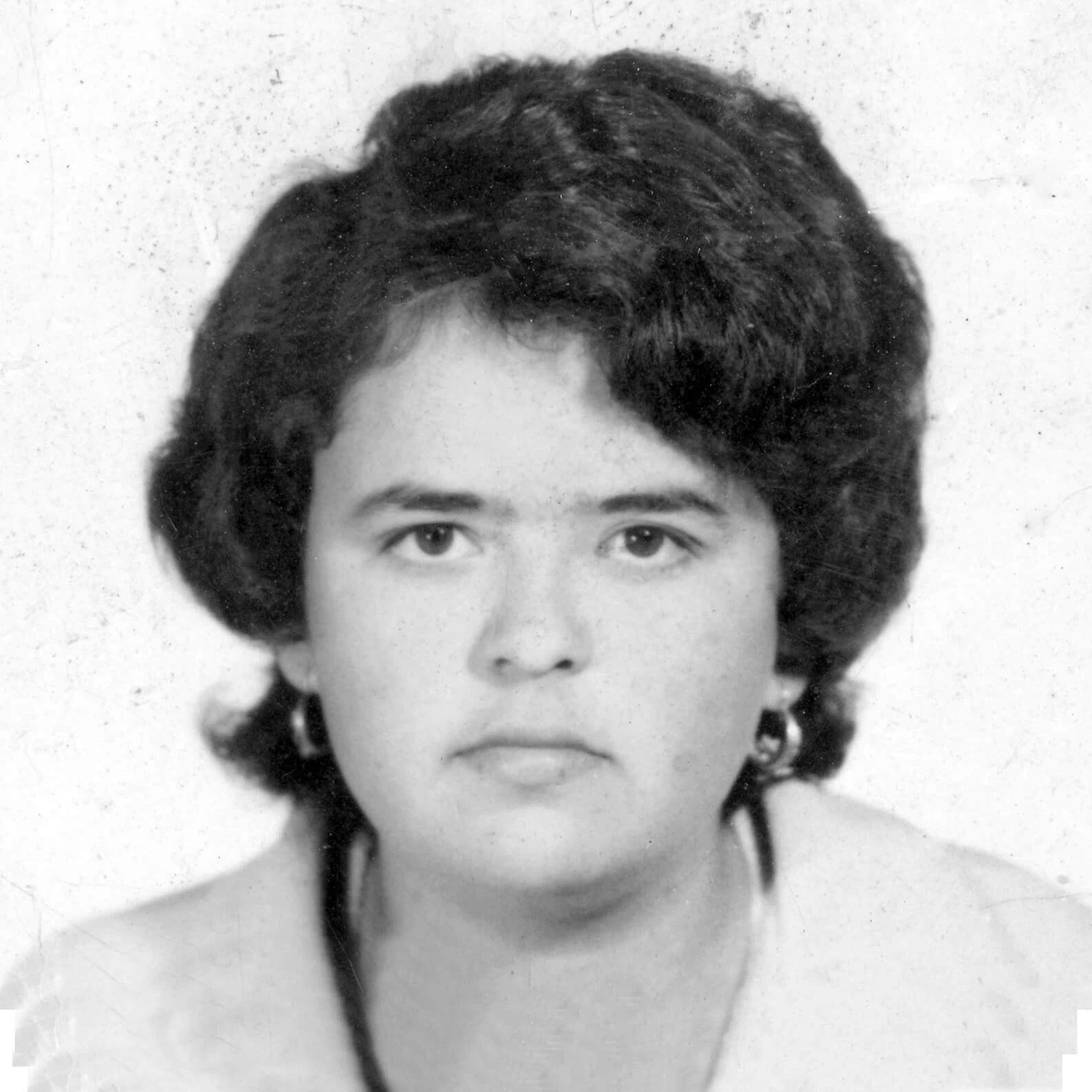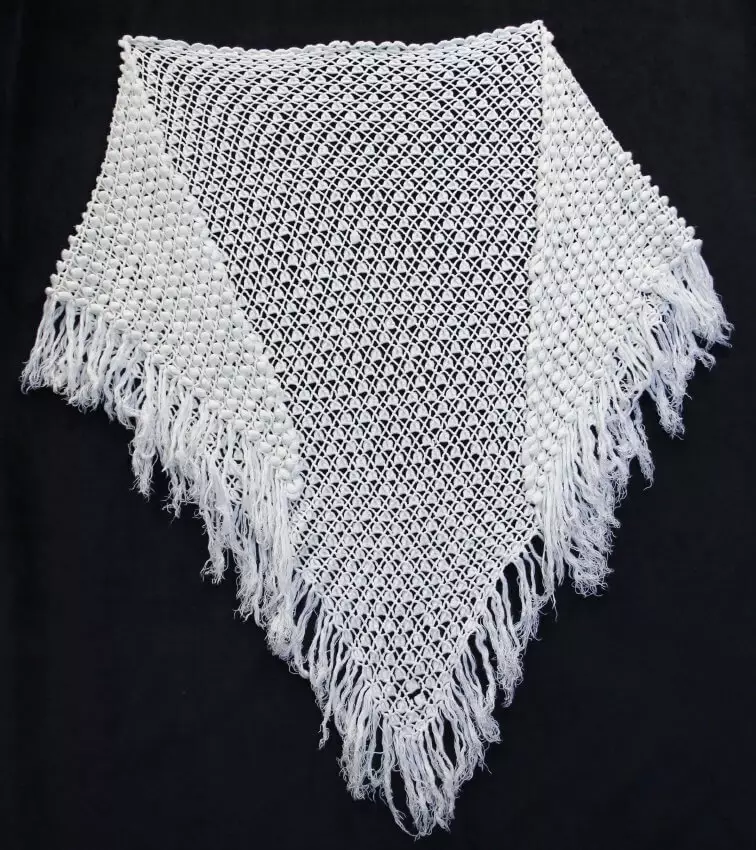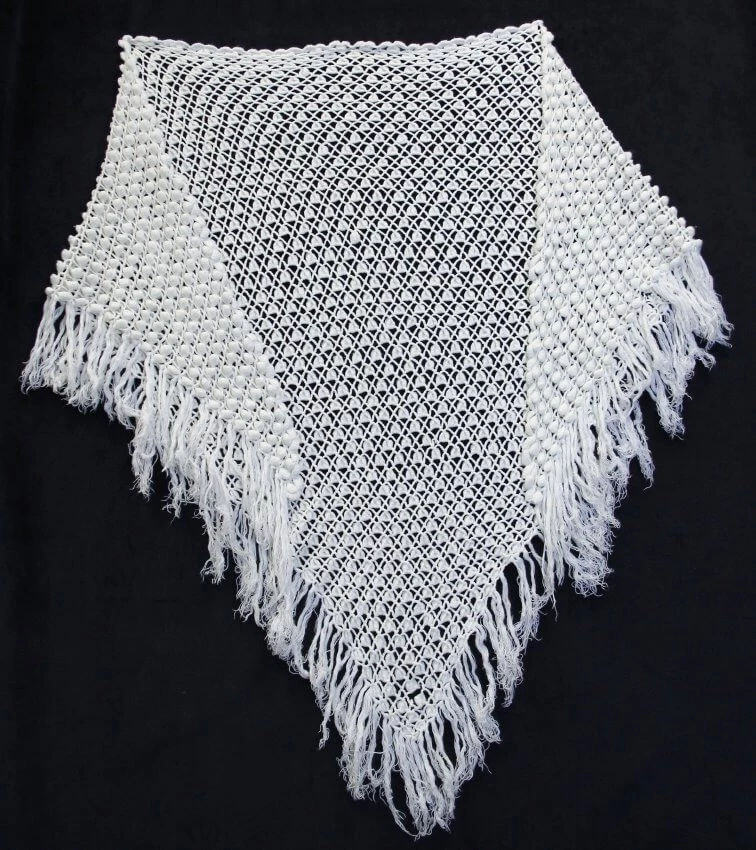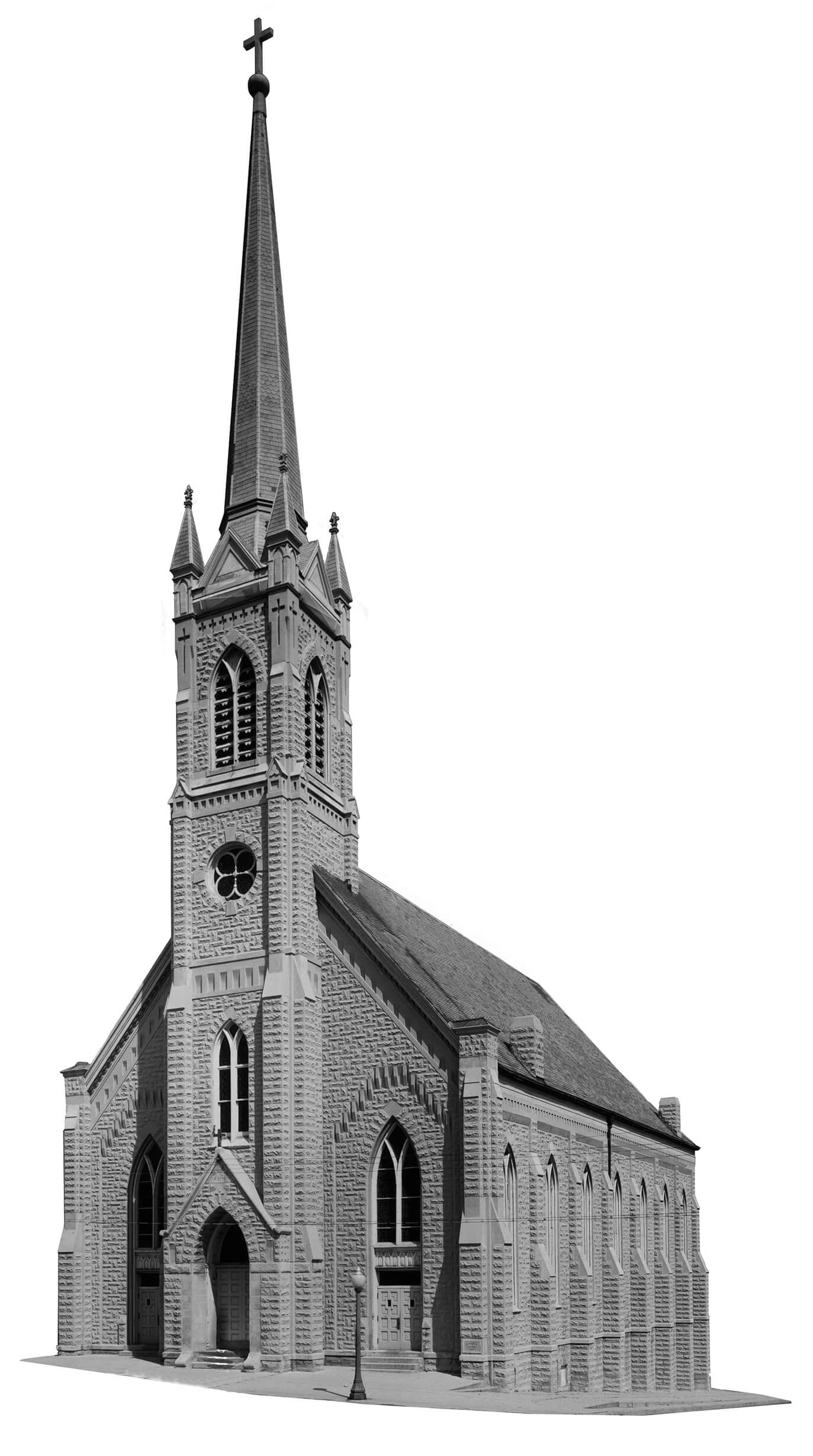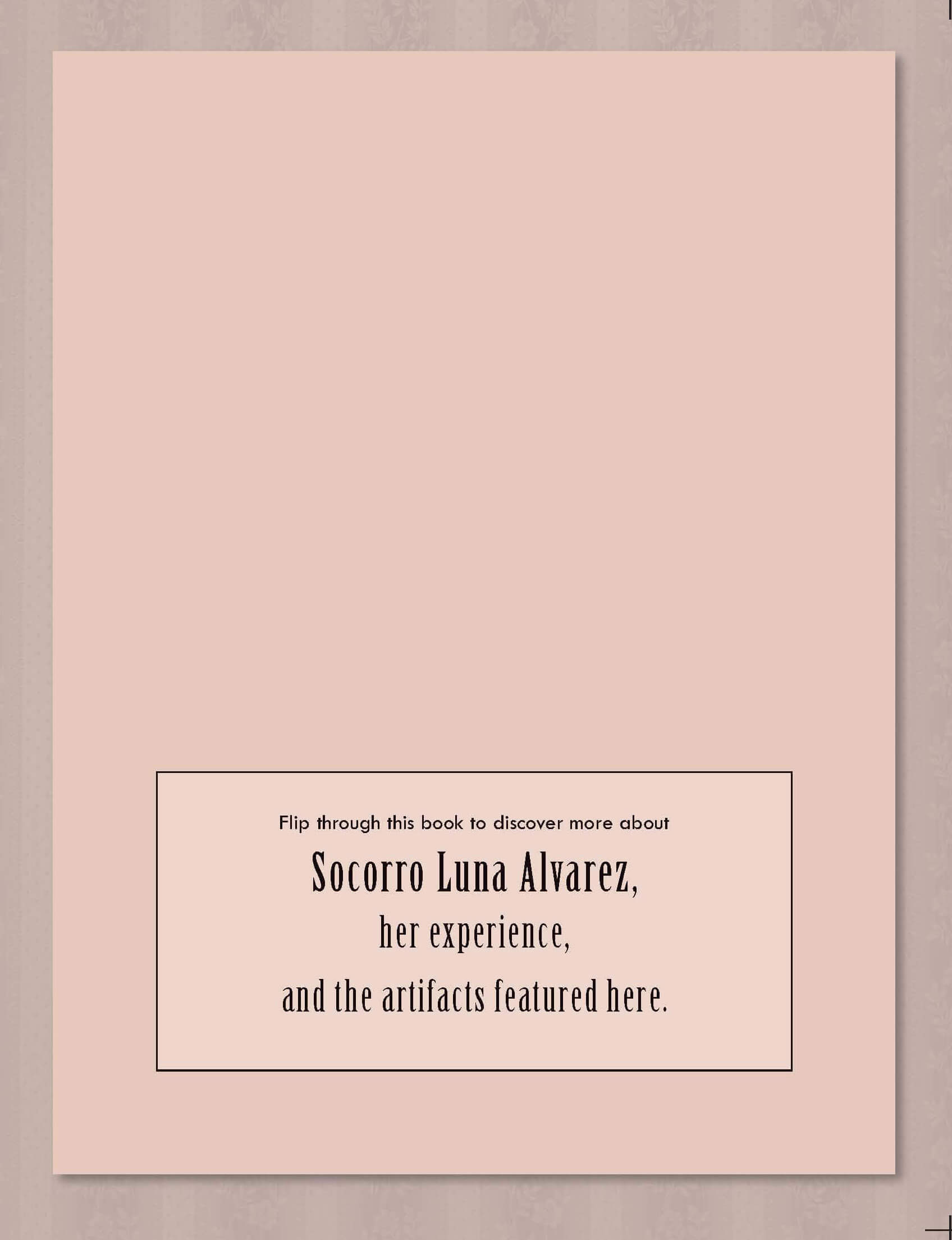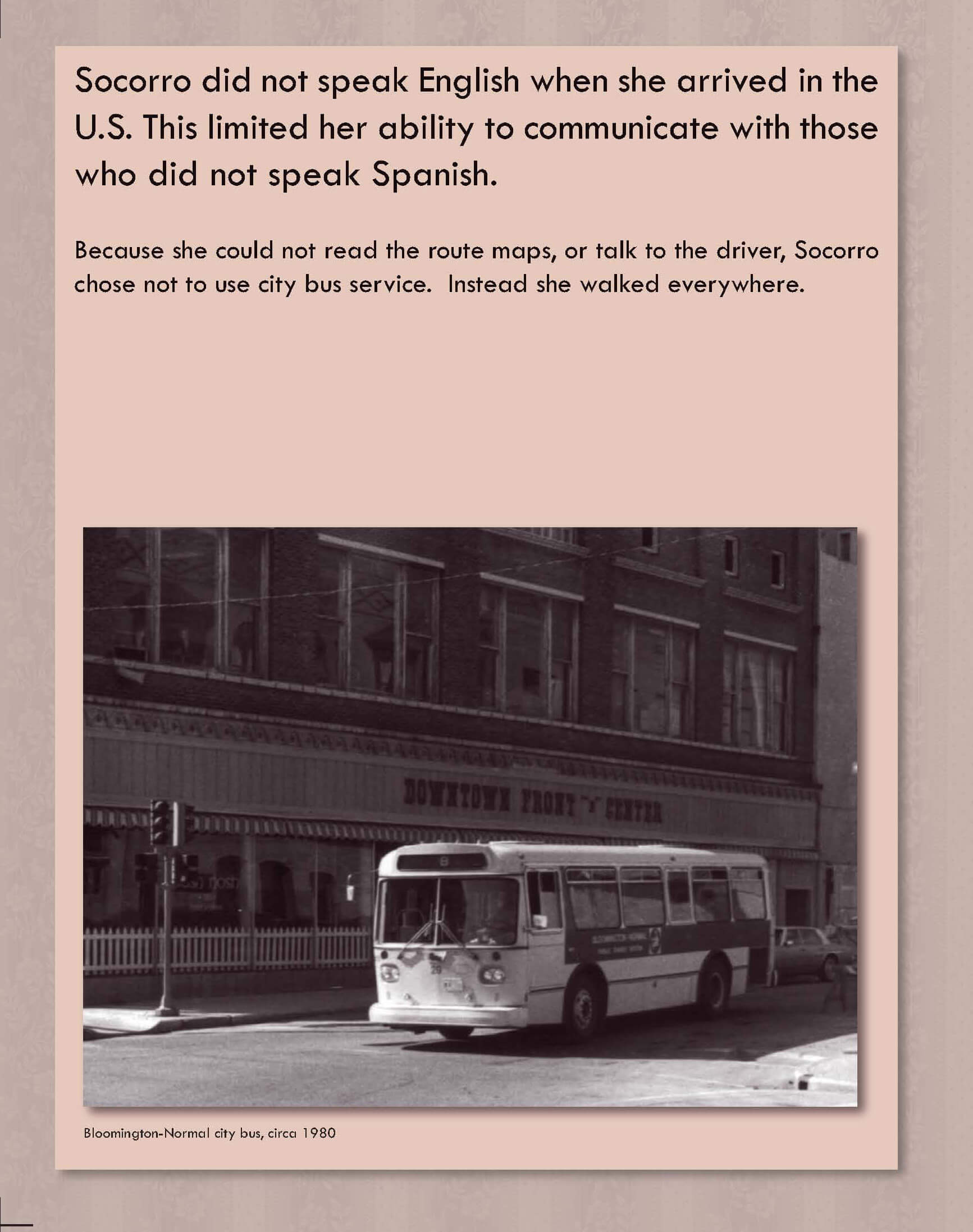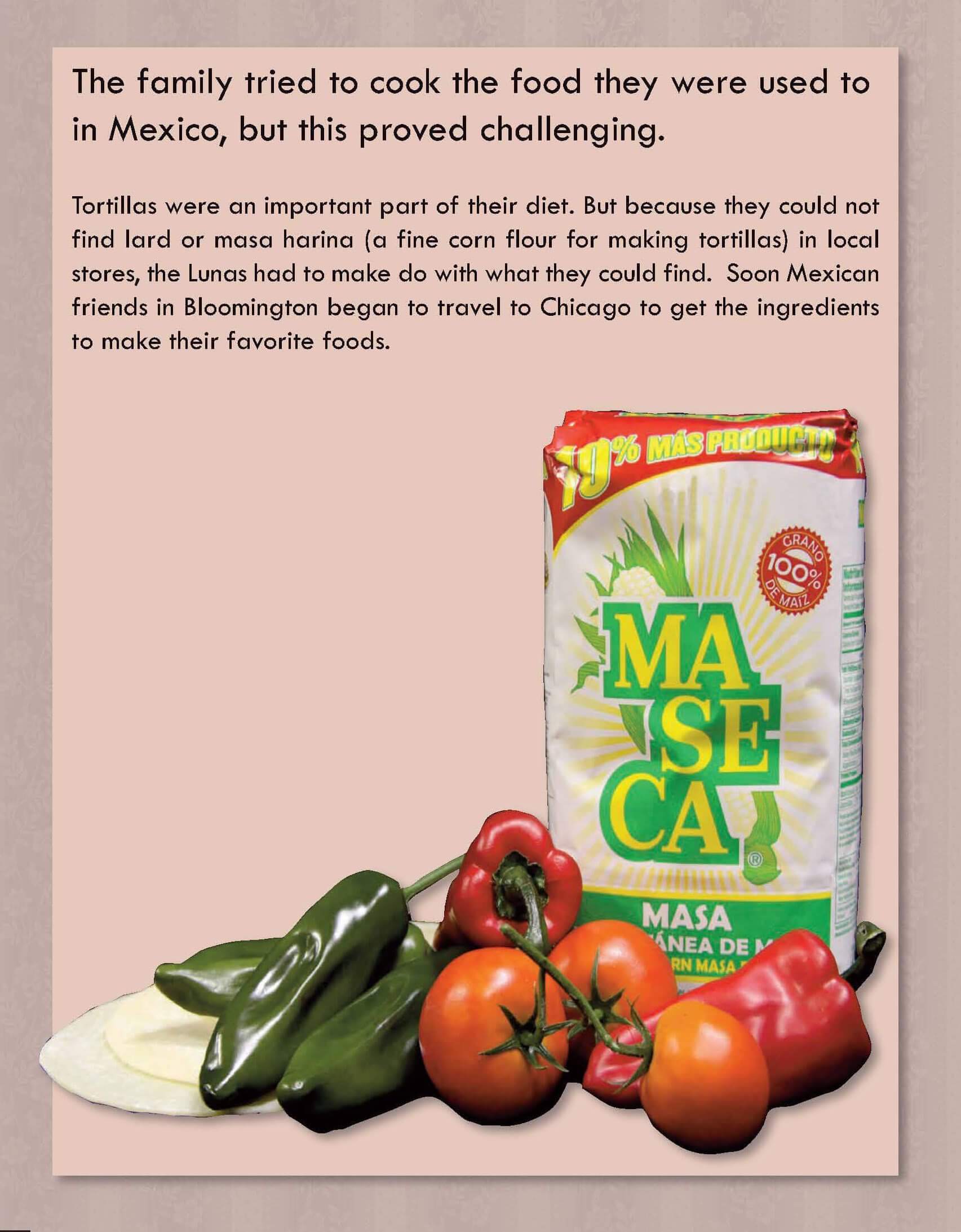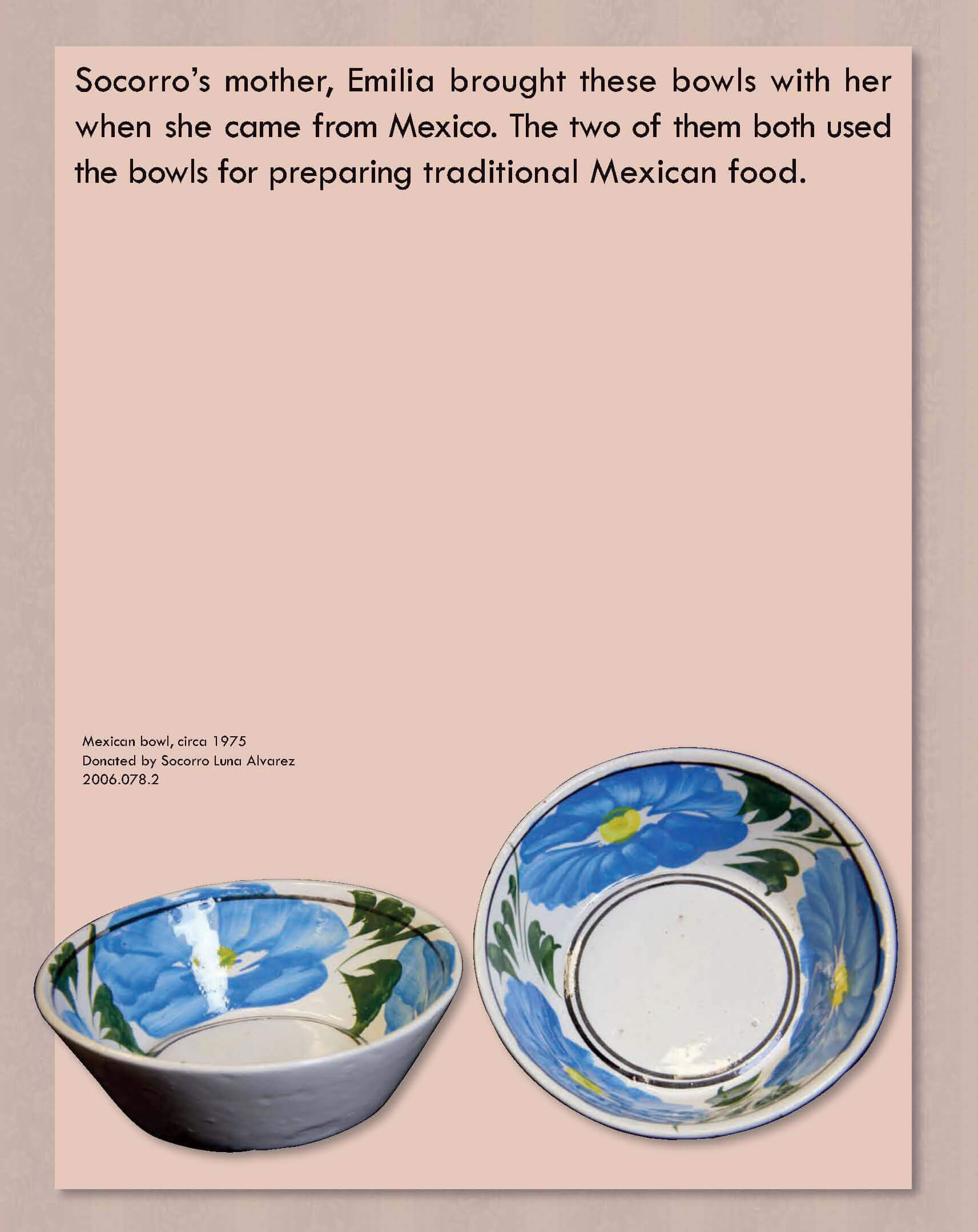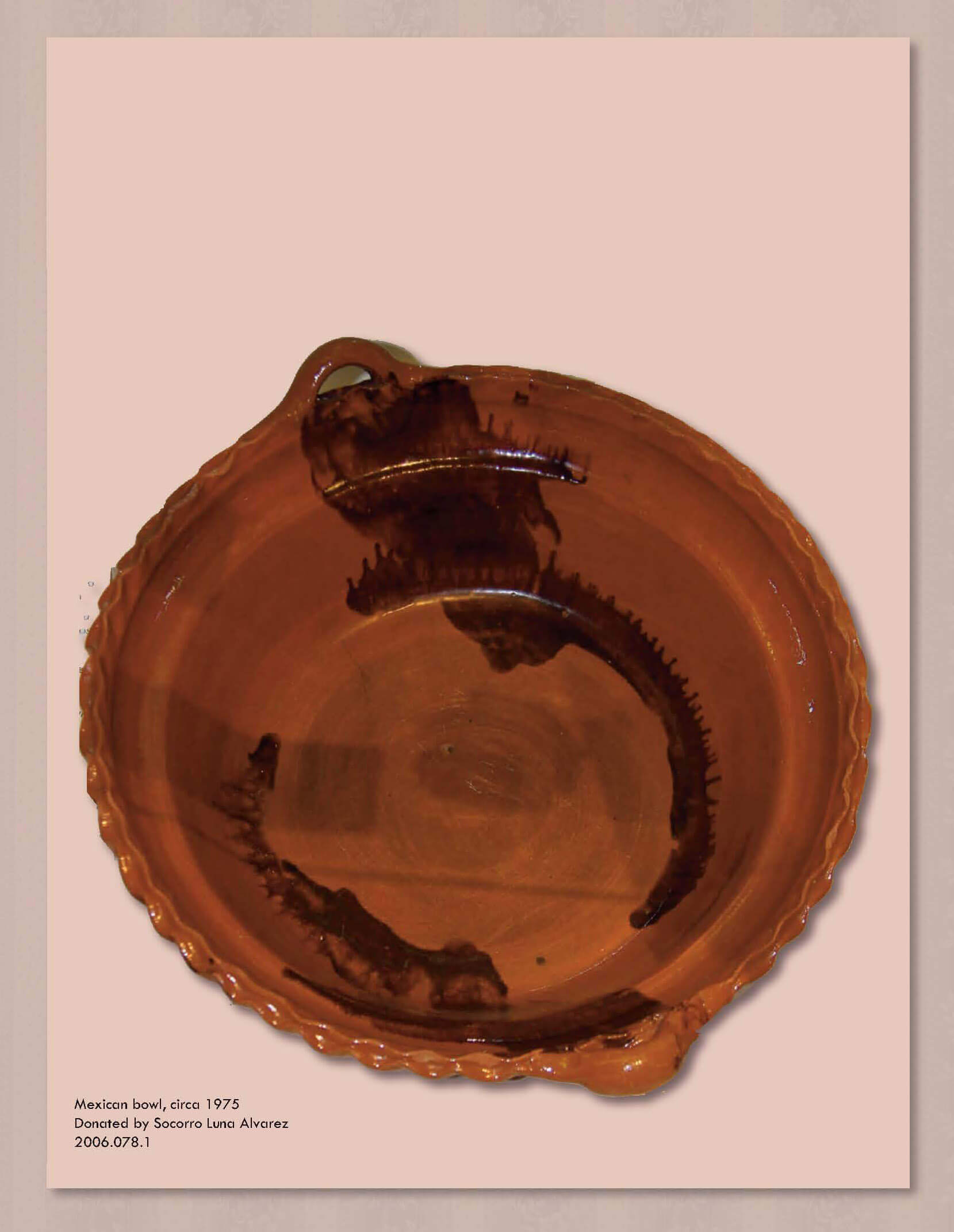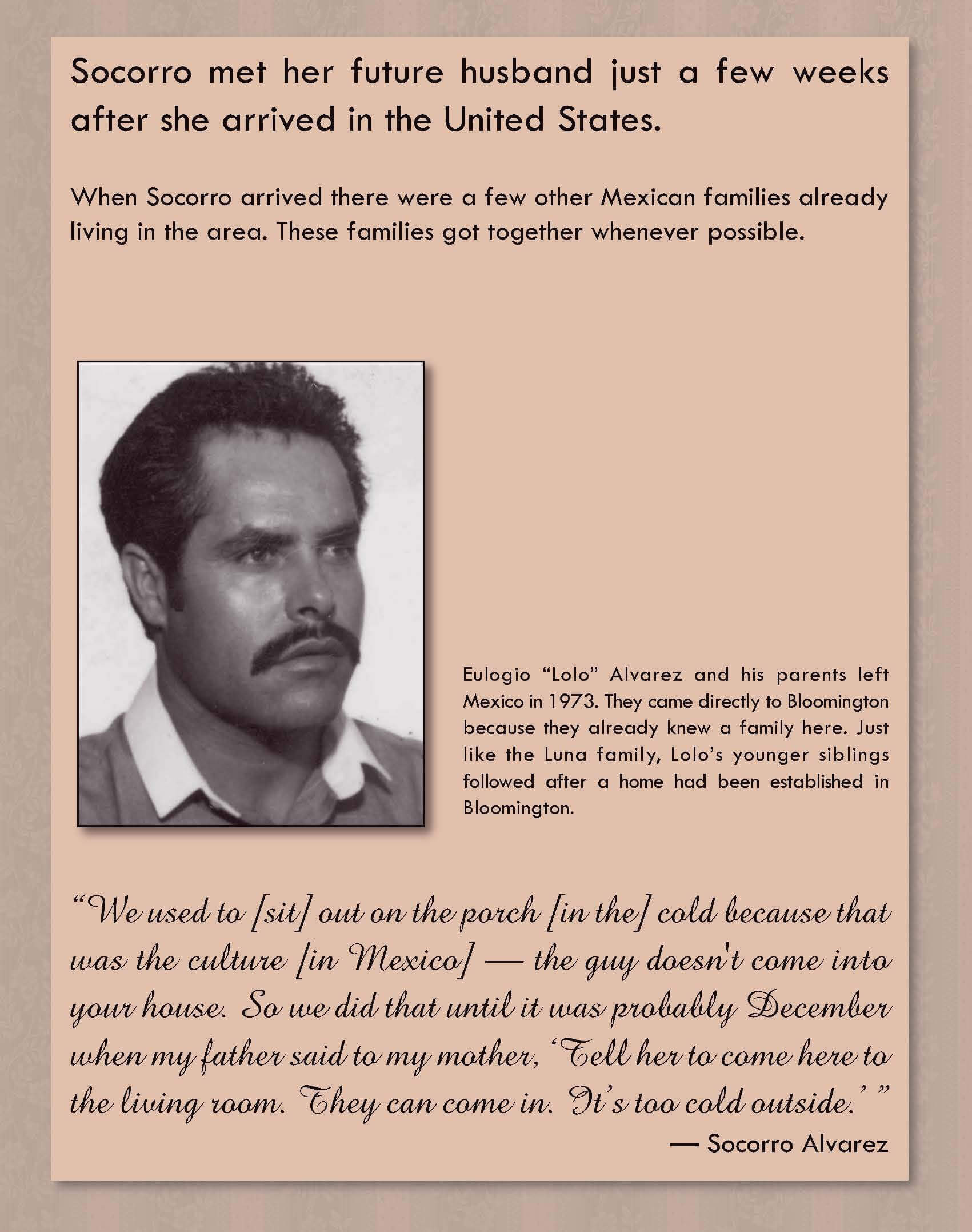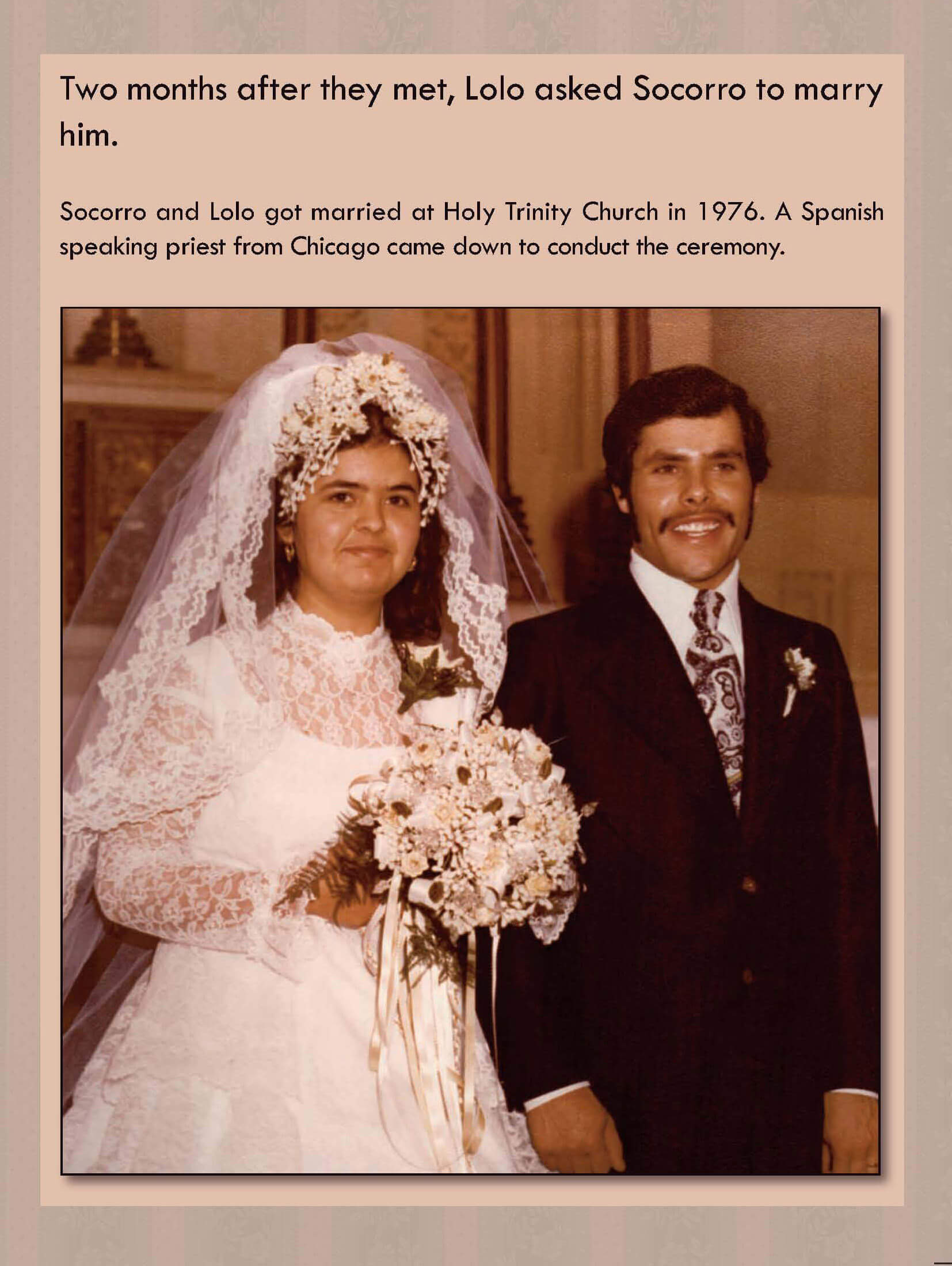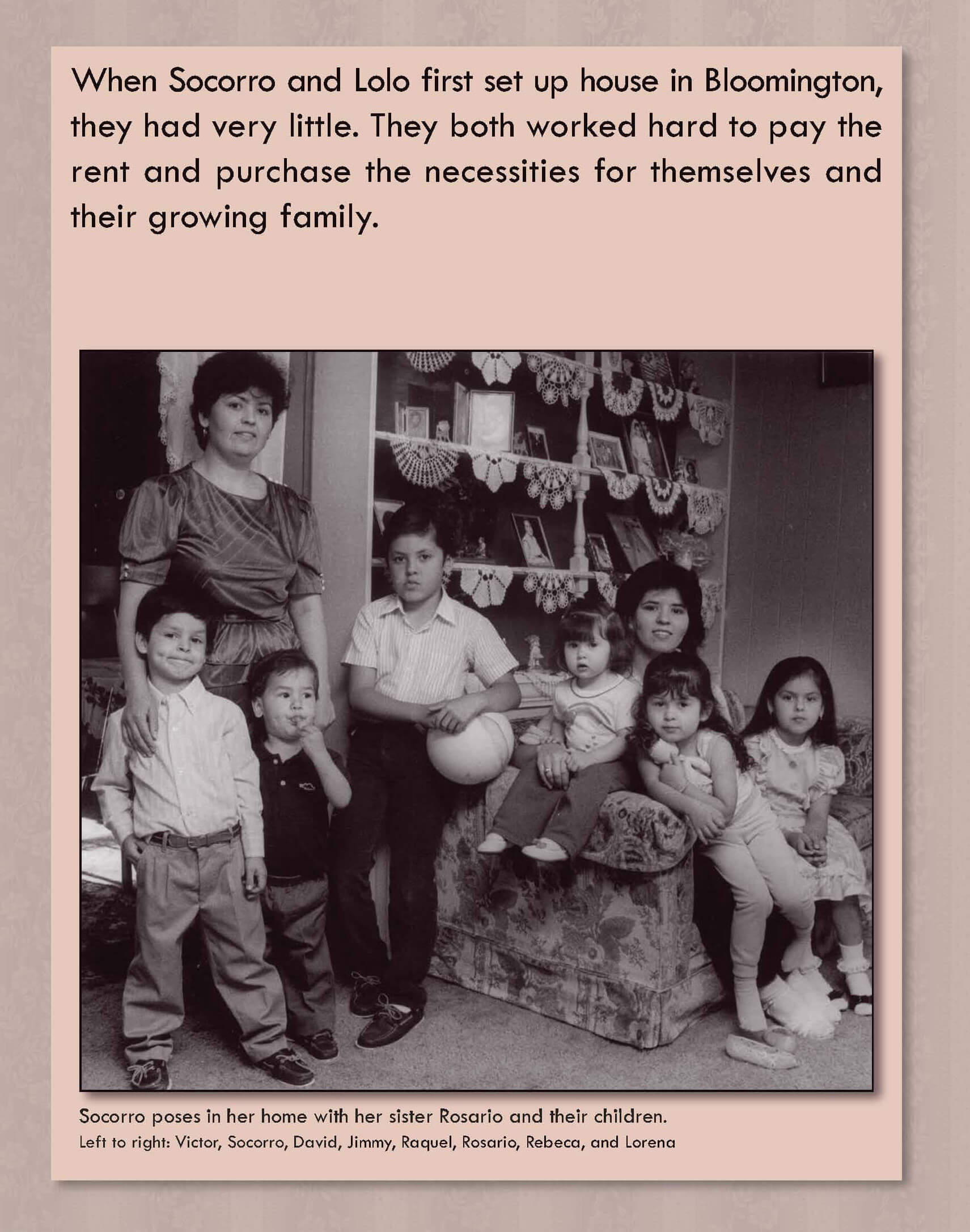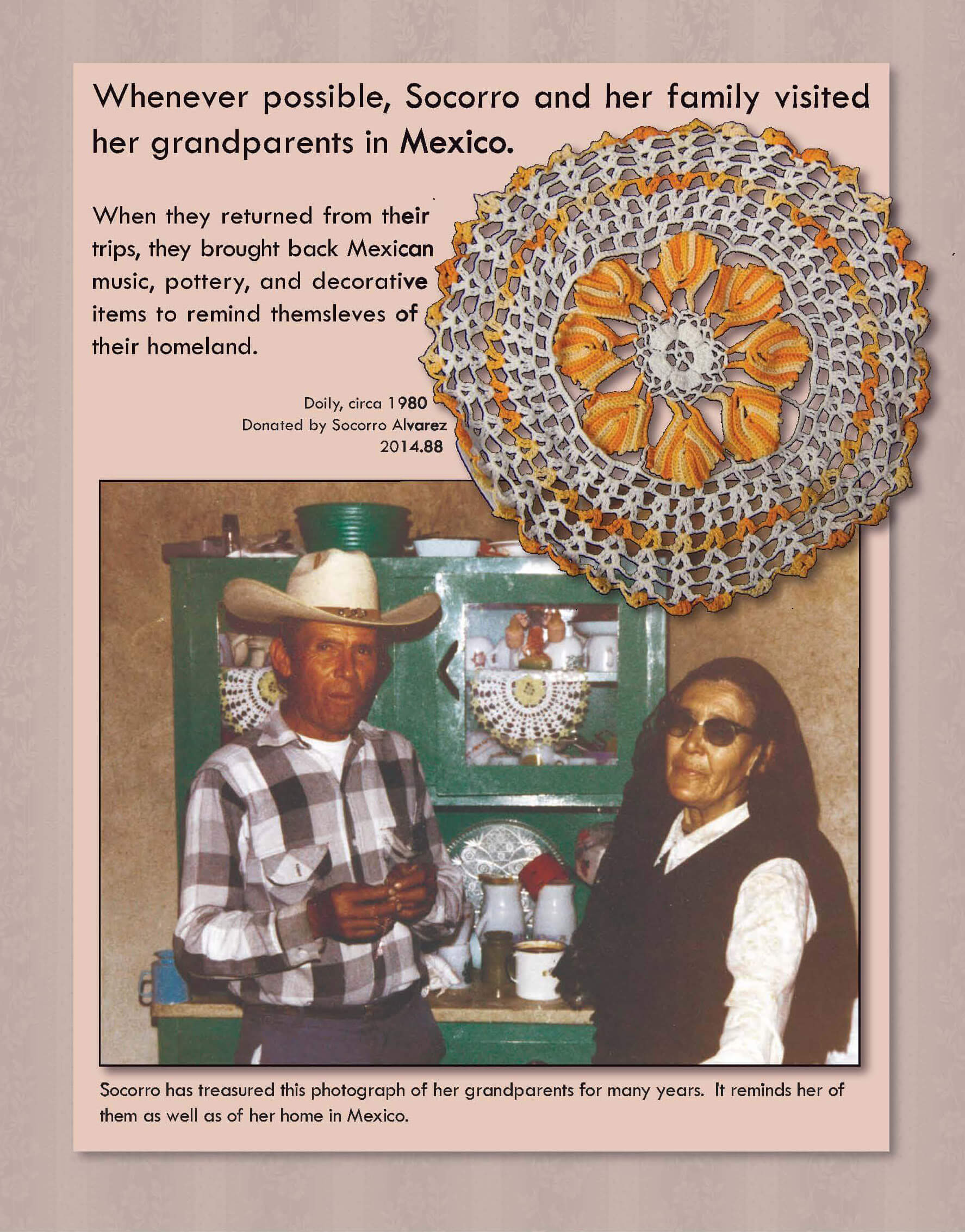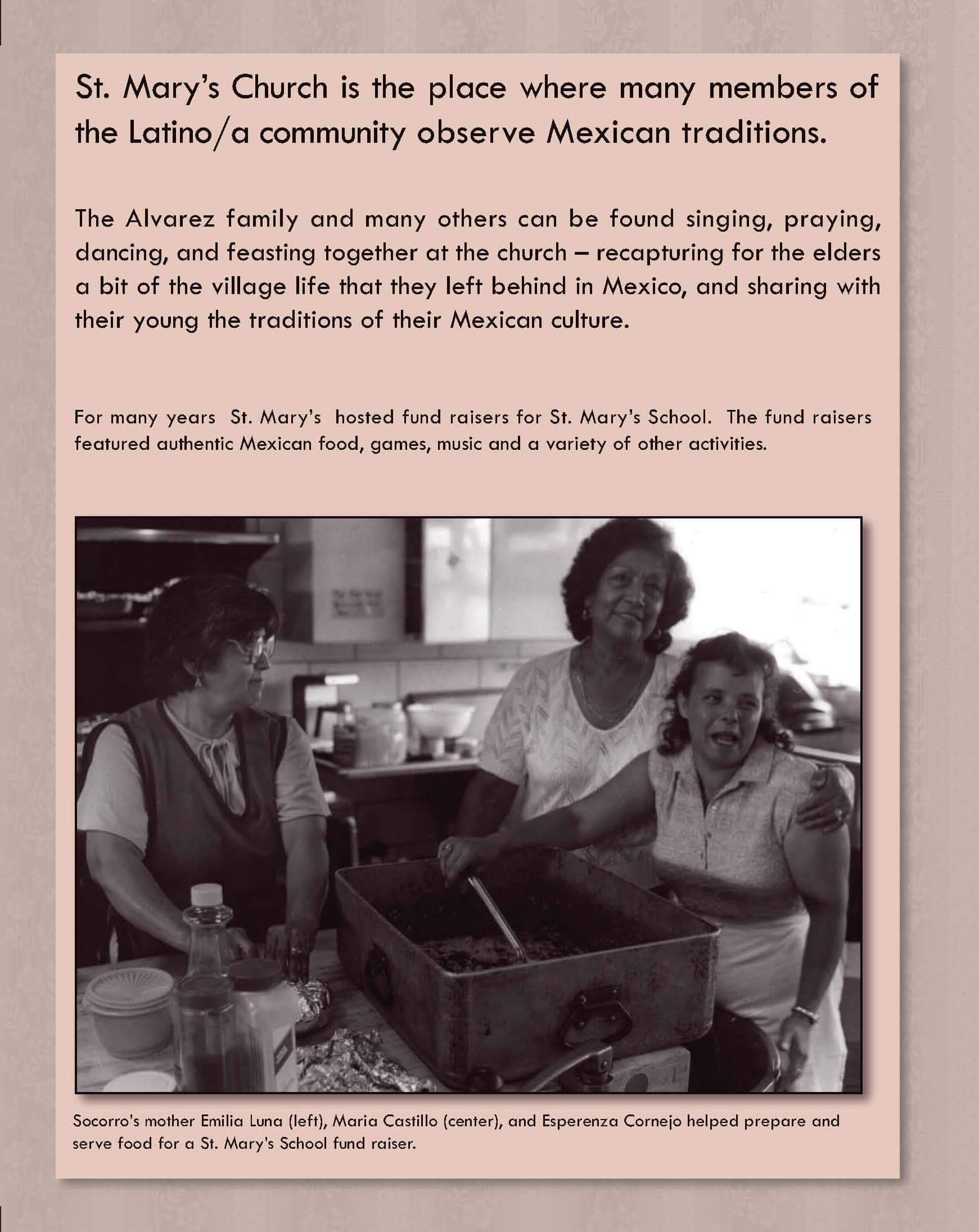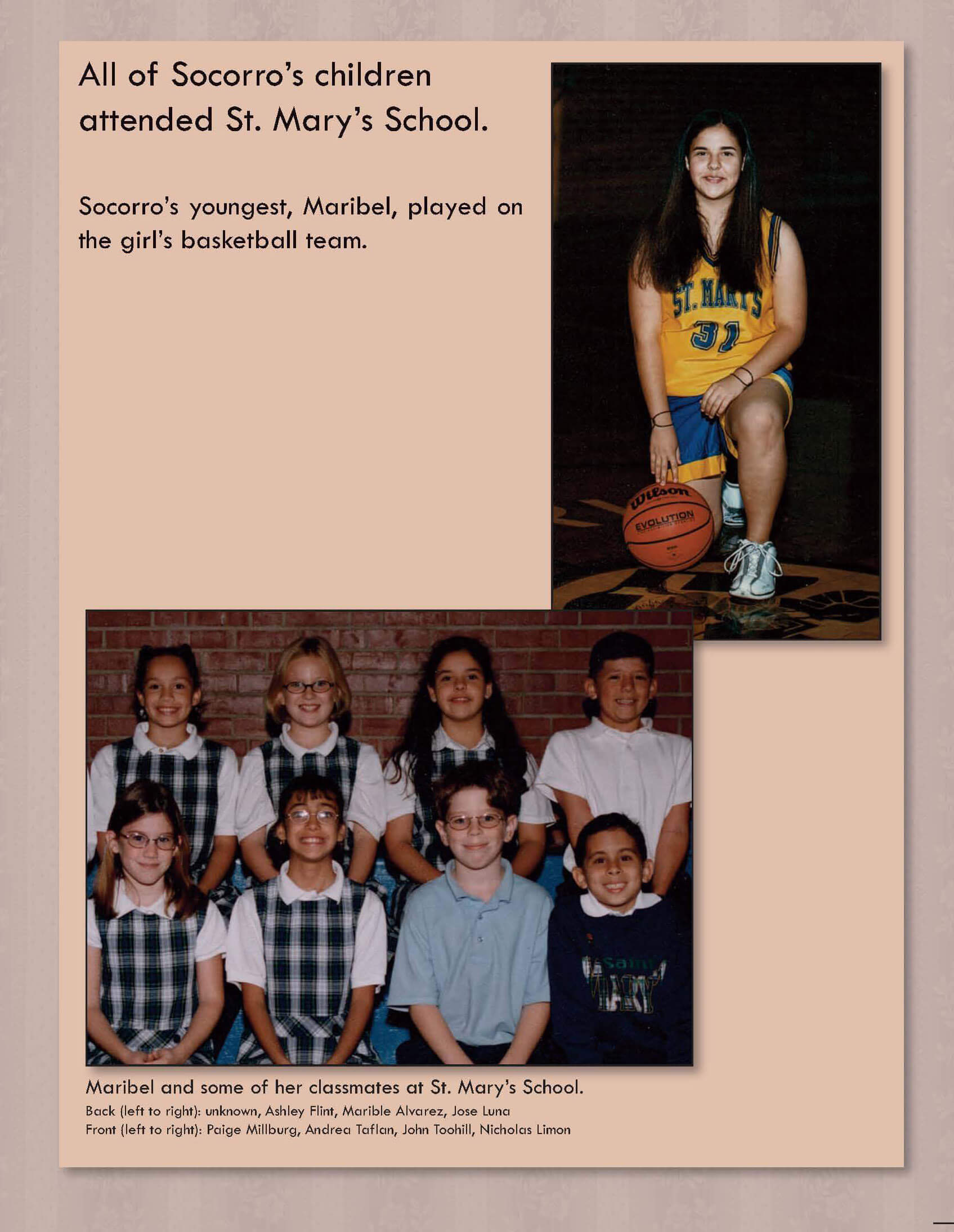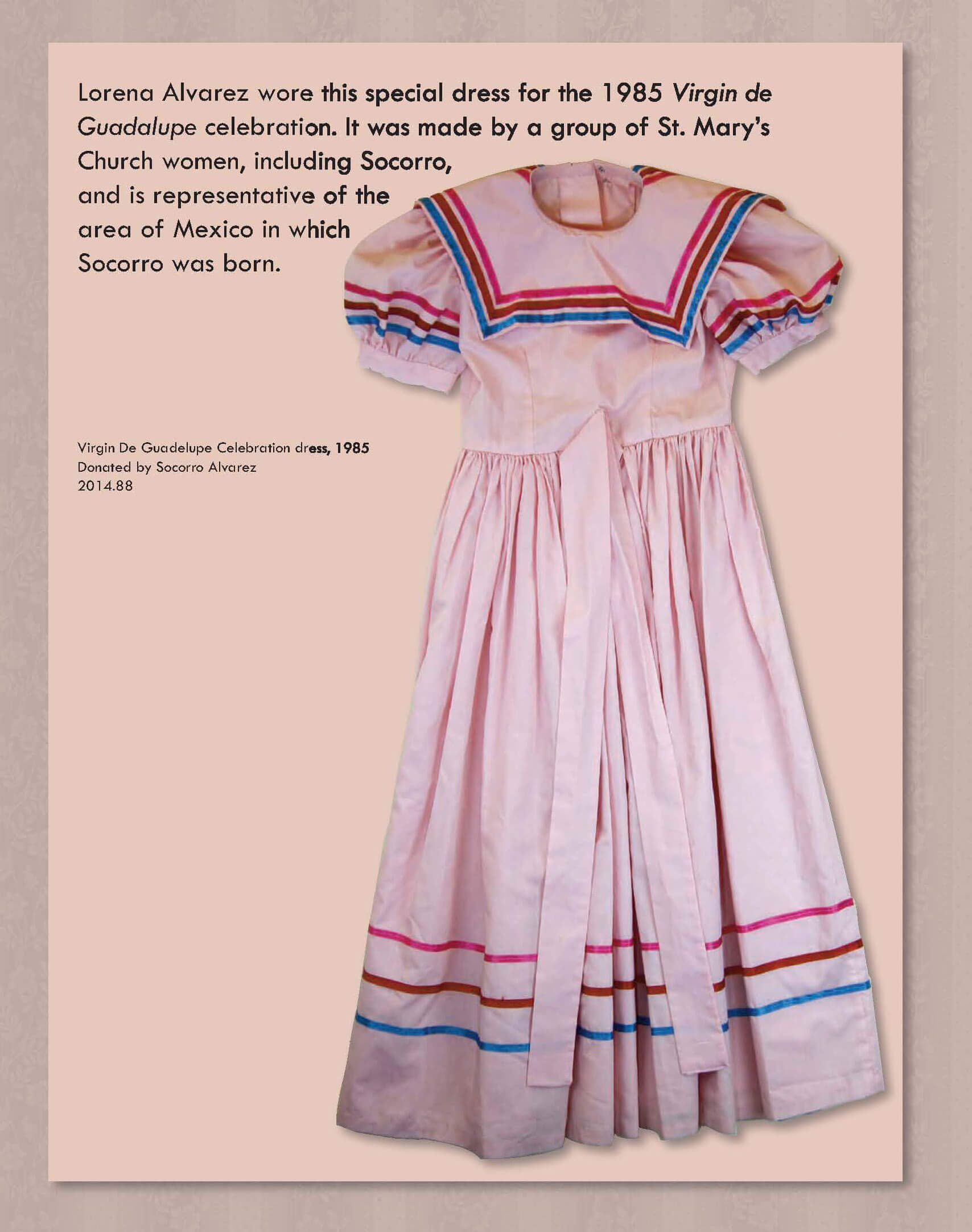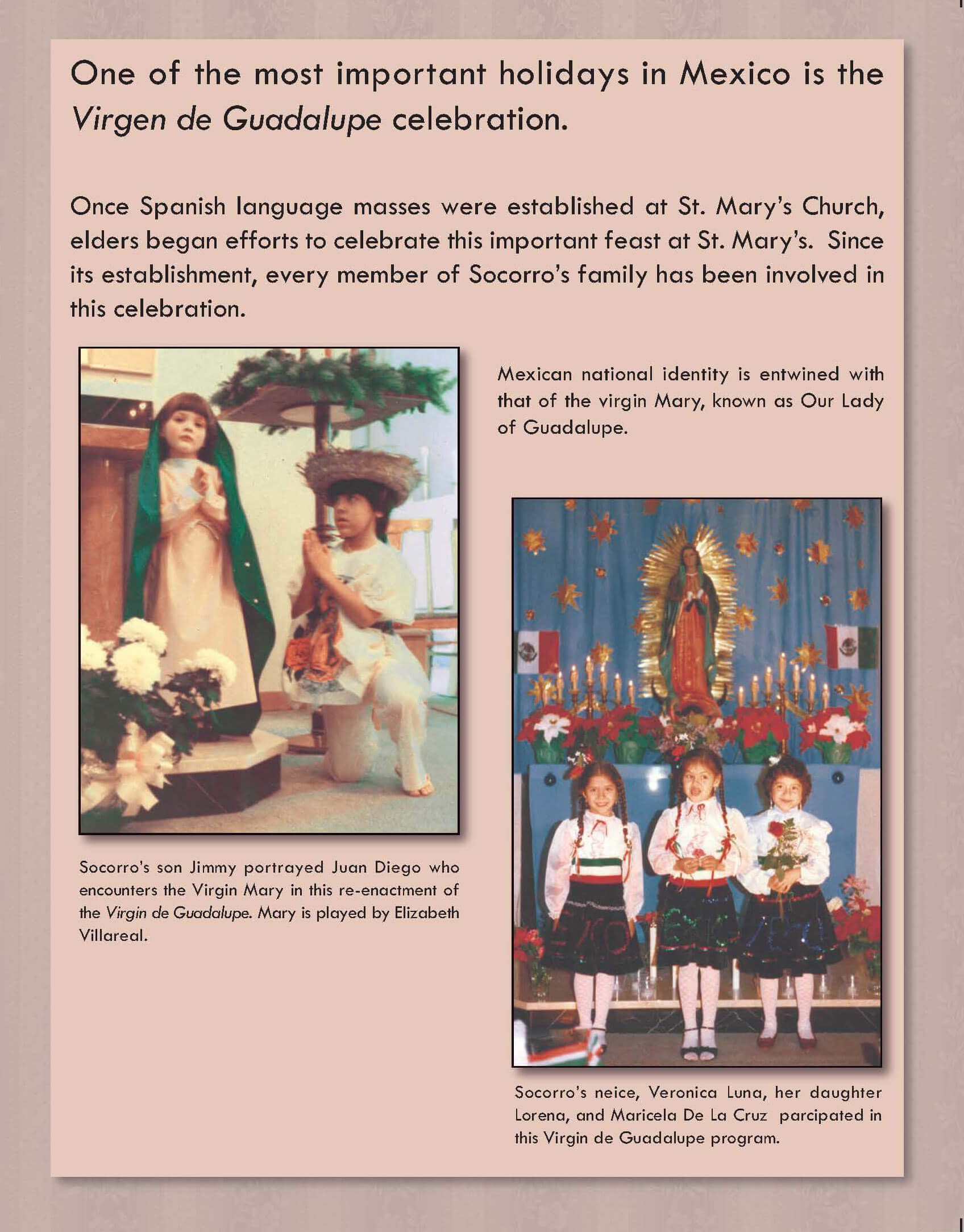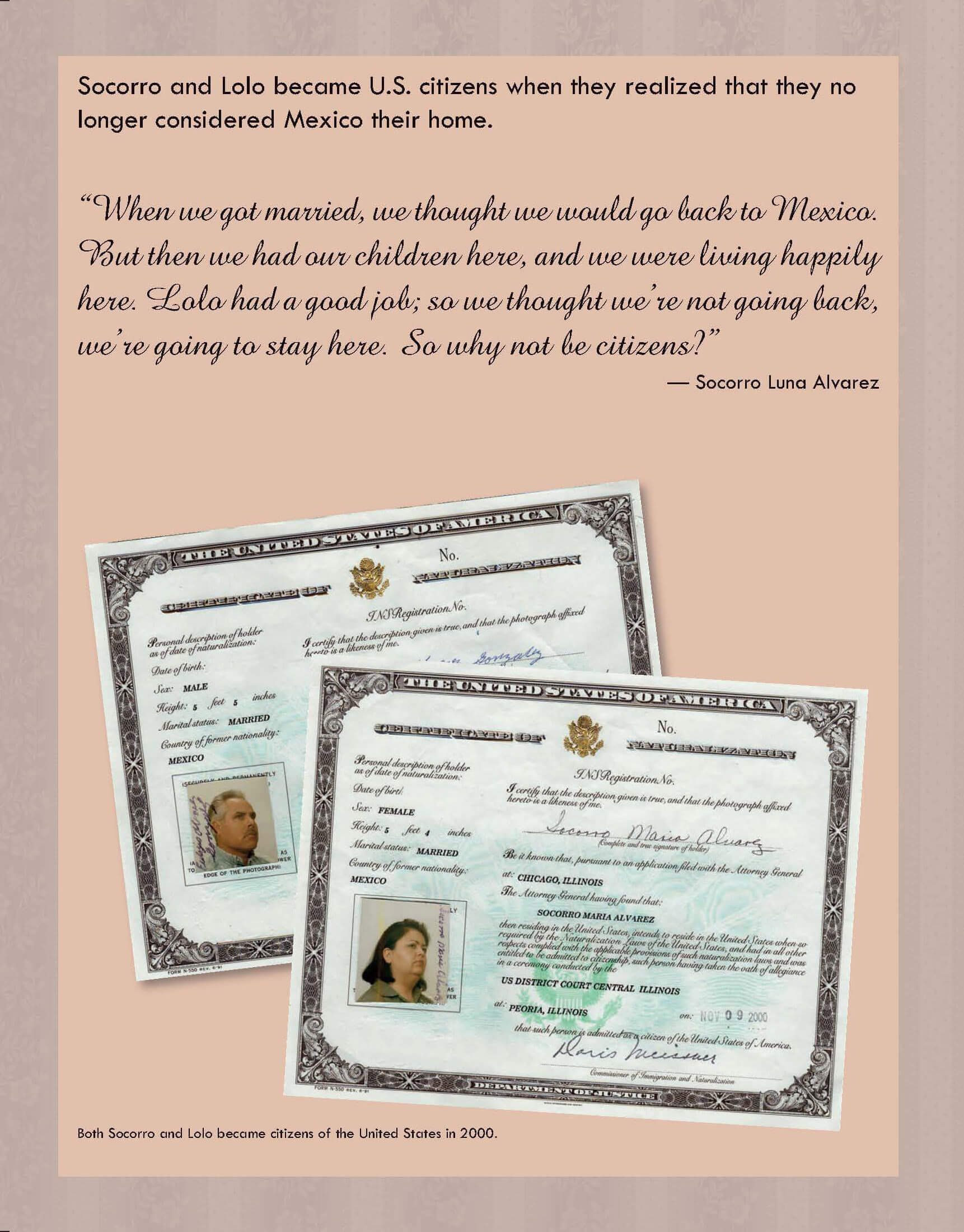Post WWII – Maria del Socorro Luna del Real
In the early twentieth century, Mexicans were recruited to work on the Chicago & Alton Railroad in Bloomington. During World War II more came to Illinois through the bracero (replacement worker) program. After World War II a steady stream of Mexican immigrants continued to arrive and make McLean County their home.
In 1975 Maria del Socorro Luna del Real piled into a station wagon with her seven younger siblings. They lived in Mexico, but were headed to a new life in Illinois.
At the U.S. border Socorro waved goodbye to her grandparents who had brought them on a bus from Momax, Mexico. They crossed the border in their aunt and uncle’s station wagon and headed north to Illinois.
Socorro, just 17 at the time, had been in charge of her younger siblings while living with her grandparents. She was looking forward to being a teenager again.
“It was in July... it was hot... we didn't have air conditioning. But it was fun because it was something new, something beautiful that I had never seen.”
— Socorro Luna Alvarez
For Socorro and her family, their Catholic faith was the most important part of their lives. But because they mostly spoke Spanish, English masses were not ideal.
In 1981 a Spanish speaking priest began to say mass at St. Mary’s Catholic Church. The special masses had a dramatic impact on Bloomington’s growing Latino community. Many Mexican families, like Socorro’s, switched churches.
Because of the Spanish language masses at St. Mary’s, Bloomington’s Latino community began to come together. At first there were just a few families. Then the numbers began to increase, and traditional Mexican celebrations began to be held. Now a Spanish mass is held every Sunday, and special celebrations, including the Virgen de Guadalupe Feast, are regular events.
“It felt amazing. It was like...you’re kind of in Mexico.”— Socorro Luna Alvarez
When Socorro arrived in Bloomington, her parents, Jose and Emilia Luna, had been here for a year working to raise enough money for their younger children to join them.
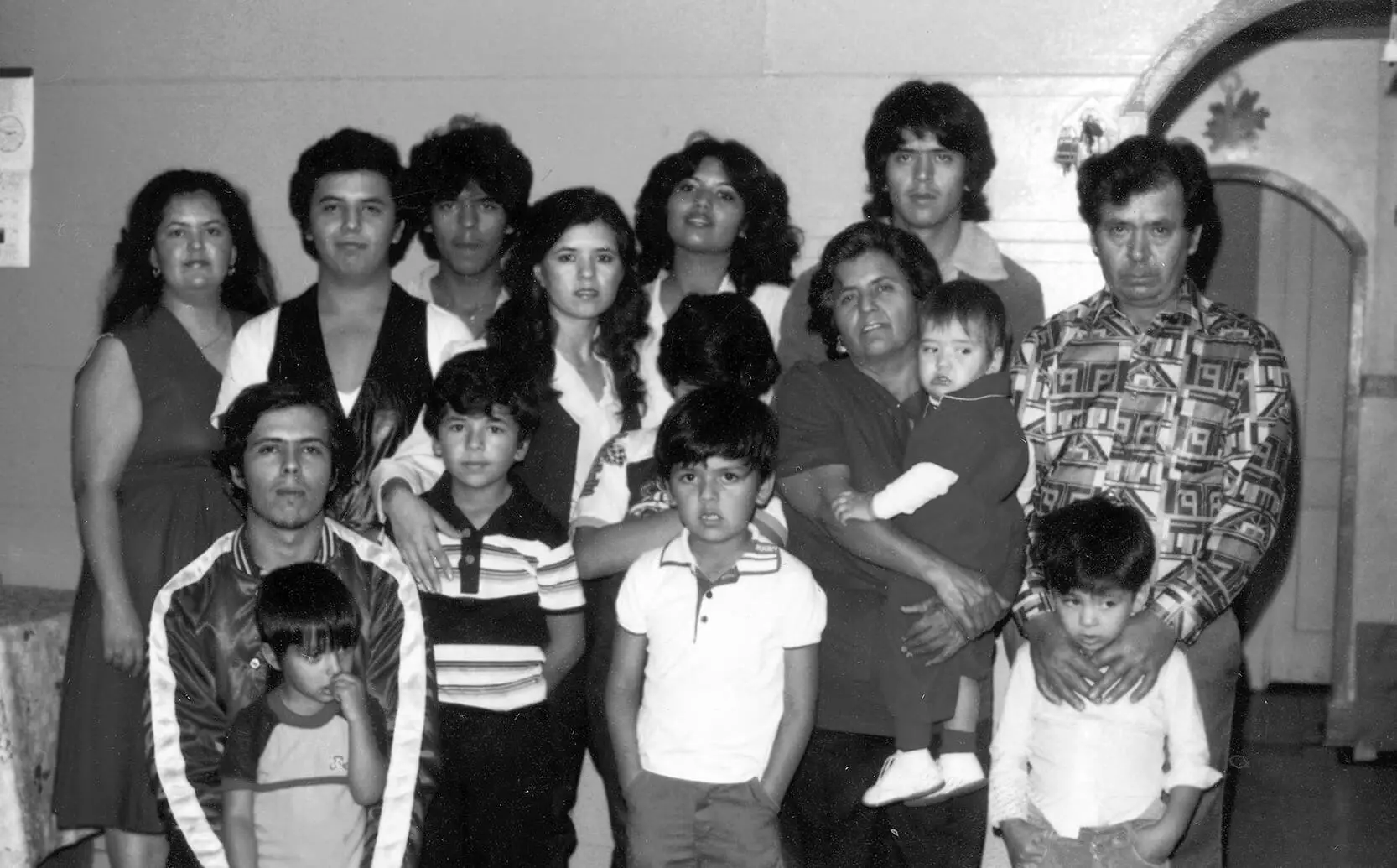
This family portrait, taken at Emilia and Jose Luna’s Bloomington home around 1980, includes all their children and two grandchildren.
Back row left to right: Socorro Luna Alvarez, Benjamin Luna, Pablo Luna, Rosario Luna, Maria Luna, Emilia Luna, Gilberto Luna, Tony Luna (Gilberto’s son), and Jose Luna. Front row left to right: Juan Luna, Juan Luna Jr., Manuel Luna, Javier Luna, and Carlos Luna.

For a family of 14, the Luna home was tiny. It had one bedroom, a living room, a kitchen, and a basement. Socorro’s parents slept in the bedroom with her baby brothers, her older brothers slept in the basement, and she and her sisters slept in the living room.
Though happy to be united with her parents and older brothers, Socorro soon realized that Bloomington was very different from her home in Mexico.
Socorro missed the camaraderie of her friends in Mexico and the activities they did together. Though getting an education was an important family value, Socorro did not go to school. Instead she stayed at home to help her mother. They were busy all day cooking and cleaning.
“The friends that I had, that’s what I missed... They had a sewing group where all the girls would get together and sew. I loved to go to church... Here, there were no activities during the week... And they didn't have any in Spanish either. So it was like no church, no friends.”— Socorro Luna Alvarez
Flip Book
Flip through this book to discover more about Socorro Luna Alvarez, her experience, and the artifacts featured here.
 Making a Home
Making a Home
 A Community in Conflict
A Community in Conflict
 Working for a Living
Working for a Living
 Farming in the Great Corn Belt
Farming in the Great Corn Belt
 Abraham Lincoln in McLean County
Abraham Lincoln in McLean County

